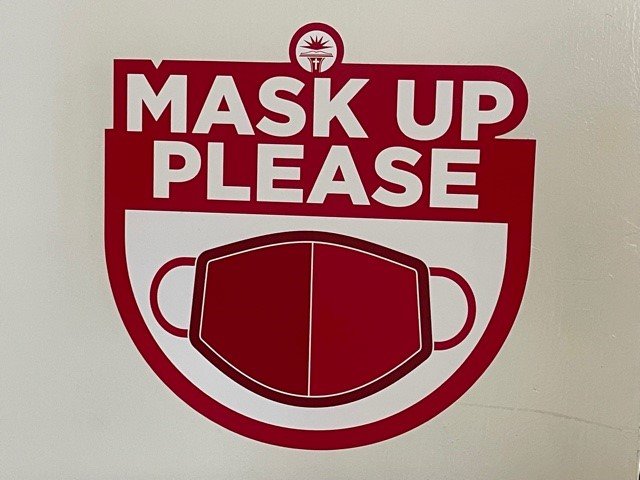
COVID-19 could finally be losing its livelihood
Ryan Bailey, Staff Writer and Graphic Artist
The COVID-19 pandemic is quickly dwindling in the U.S. after having uprooted societal norms for over two years.
Given the milestone of plummeting case numbers in South Carolina, many people are shedding masks and returning to normal life. Students at North Greenville University have taken notice of how quickly the course of the pandemic has changed compared to the rest of the world.
“I would say that the big event of COVID is behind us in the sense that the scare and people scrambling for vaccines is over,” said Ryan Longwell, a student at NGU. “Personally, I haven’t heard a lot about it recently. I was just watching a soccer game and it was in Costa Rica. And most of the people there have masks on.”
According to the NGU COVID-19 Response Team, no positive cases have been reported since February 22. The contact tracing team will now follow up only with members of the community reporting a positive test.
The South Carolina Department of Health and Environmental Control has announced it will no longer report daily case counts. The agency said tracking severe cases would give a clearer picture of the impact of the virus.
South Carolina joins numerous states in the U.S. in shutting down mass testing sites following the Omicron surge. Governors across the country are preparing to shift to an endemic response focused on preventing future surges.
Health experts warn lowering defenses against the virus may pave way for another wave.
Most of the U.S. is presumed to have natural immunity against a new wave of COVID-19. Omicron subvariant BA.2 is not expected to be any more severe than the original strain.
BA.2 was first detected in January during the surge of the original Omicron variant and was difficult to detect.
The new strain made up nearly a quarter of U.S. cases for the week ending March 12.
As of March 28, cases continue to decline in most states. Hot spots are currently located in certain states throughout the Northeast and South, and in parts of Alaska.
For example, Kentucky has seen an increase in cases by 110% over the past 14 days. New York has seen a 69% increase in cases.
Following the Centers for Disease Control and Prevention’s change in COVID-19 guidelines, 14% of counties in the U.S. are considered high risk. Previously, 95% of counties were deemed high risk.
The CDC’s new guidelines focuses on hospitalization rates rather than the total of new cases. High risk counties are urged to continue wearing masks in indoor public spaces.
1,612 new hospitalization admissions were recorded as of March 27. There are 10,264 current admissions.
SCDHEC reported 1,014 COVID-19 cases and 116 deaths between March 13 and March 19. The highly infectious Omicron variant made up all cases in the state for the week ending March 12.
According to the CDC, there have been on average 27,594 new cases and 705 new deaths daily in the U.S. as of March 27.
The U.S. has experienced 974,277 total deaths over the course of the pandemic.
54% of South Carolinians are fully vaccinated against COVID-19. 63% are partially vaccinated.
81.7% of Americans have received at least one dose of a COVID-19 vaccine. 67% of Americans are fully vaccinated.
For more information on CDC guideline changes and preventative measures, visit https://www.cdc.gov/coronavirus/2019-ncov/your-health/quarantine-isolation.html.
